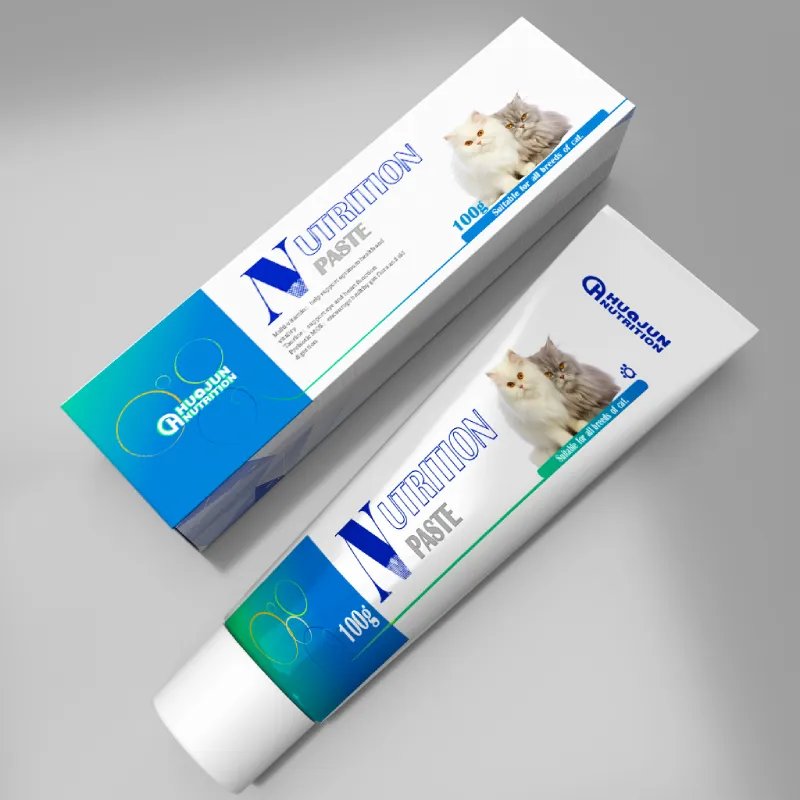
Dec . 04, 2024 16:51 Back to list
pasteurellosis in pigs manufacturer
Pasteurellosis in Pigs Understanding and Managing the Disease
Pasteurellosis is a significant infectious disease affecting pigs, caused primarily by the bacterium *Pasteurella multocida*. This disease poses substantial challenges to the swine industry due to its impact on animal health and economic losses. Understanding the nature of pasteurellosis, including its causes, symptoms, transmission, and management strategies, is crucial for pig farmers and veterinarians.
Causes and Pathogenesis
*Pasteurella multocida* is a commensal organism commonly found in the respiratory tracts of healthy pigs. However, under certain conditions, it can become pathogenic. Factors such as stress, poor husbandry practices, overcrowding, and co-infections with other pathogens (like influenza viruses or Actinobacillus pleuropneumonia) can predispose pigs to pasteurellosis. The bacterium can enter the pig's system through respiratory routes, especially during stressful events that compromise their immune systems.
Symptoms of Pasteurellosis
The clinical manifestations of pasteurellosis can vary significantly depending on the age of the pig and the immune status of the animal. Common symptoms include
- Respiratory distress Affected pigs may show signs of coughing, nasal discharge, and labored breathing. - Fever An increase in body temperature is often observed. - Sudden death In some cases, pigs may die unexpectedly without showing prior clinical signs, especially in acute infections. - Weight loss and poor growth rates Chronic infections can lead to stunted growth and poor feed conversion rates.
Severe cases can progress to pneumonia, pleuropneumonia, or systemic infections, which may result in fatal outcomes.
Transmission and Risk Factors
Pasteurellosis spreads primarily through respiratory secretions from infected animals. Close contact in crowded settings, particularly during weaning or transportation, heightens the risk of outbreaks. Poor environmental conditions, such as inadequate ventilation and high humidity, can exacerbate the spread of the pathogen. Identifying high-risk groups, including young pigs, and recognizing stressors in the pigs' environment are crucial for controlling the disease.
Diagnosis
pasteurellosis in pigs manufacturer

Diagnosing pasteurellosis typically involves clinical evaluation, post-mortem examinations, and laboratory tests. Veterinarians often assess the clinical signs and history of the herd, followed by sampling and culturing of lung tissues or nasal swabs for the detection of *P. multocida*. Serological tests can also help identify exposure to the bacterium.
Management and Prevention
Effective management of pasteurellosis in pigs is multifaceted, focusing on prevention and control. Essential strategies include
1. Biosecurity Measures Implementing strict biosecurity protocols can help reduce the introduction and spread of *P. multocida*. Practices such as limited access to farms, isolation of new animals, and thorough cleansing and disinfection of equipment can mitigate risks.
2. Good Husbandry Practices Maintaining optimal environmental conditions, such as proper ventilation, cleanliness, and reduced stocking densities, can greatly reduce the stress on pigs and prevent outbreaks.
3. Vaccination Vaccination plays a crucial role in controlling pasteurellosis. Several vaccines have been developed to protect pigs against *P. multocida* infections, and vaccination programs should be tailored to the specific needs of the herd.
4. Health Monitoring Regular health checks and monitoring for early signs of disease can facilitate prompt intervention. Farmers should work closely with veterinarians to establish protocols for disease surveillance.
5. Nutritional Support Ensuring pigs have access to balanced nutrition boosts their immune systems and improves overall health, making them less susceptible to infections.
Conclusion
Pasteurellosis remains a prominent concern within the swine industry, affecting both animal welfare and economic stability. By understanding its causative agents, symptoms, and management strategies, pig farmers can significantly reduce the risks associated with this disease. Through proactive measures, including biosecurity, vaccination, and good management practices, the incidence of pasteurellosis can be minimized, ensuring healthier pigs and a more productive farming operation. Collaboration with veterinary professionals is key to designing effective disease control programs that safeguard the health of both pigs and the swine industry at large.
-
Premium Young Chicken - Leading Young Chicken Manufacturer & Supplier for Fresh Poultry Needs
NewsJul.08,2025
-
Enterococcus Faecalis Mold Remover – Powerful & Safe Solution from Trusted Manufacturer
NewsJul.08,2025
-
Premium Diarrhea Treatment Solutions Leading Diarrhea Factories & Suppliers
NewsJul.08,2025
-
High-Quality Blisters Manufacturer & Supplier Reliable Blisters Factory
NewsJul.07,2025
-
High-Quality Skeleton Development Services Leading Factory, Manufacturer & Supplier
NewsJul.07,2025
-
High-Quality Cockscomb Turns White Reliable Manufacturer & Supplier Factory
NewsJul.07,2025




